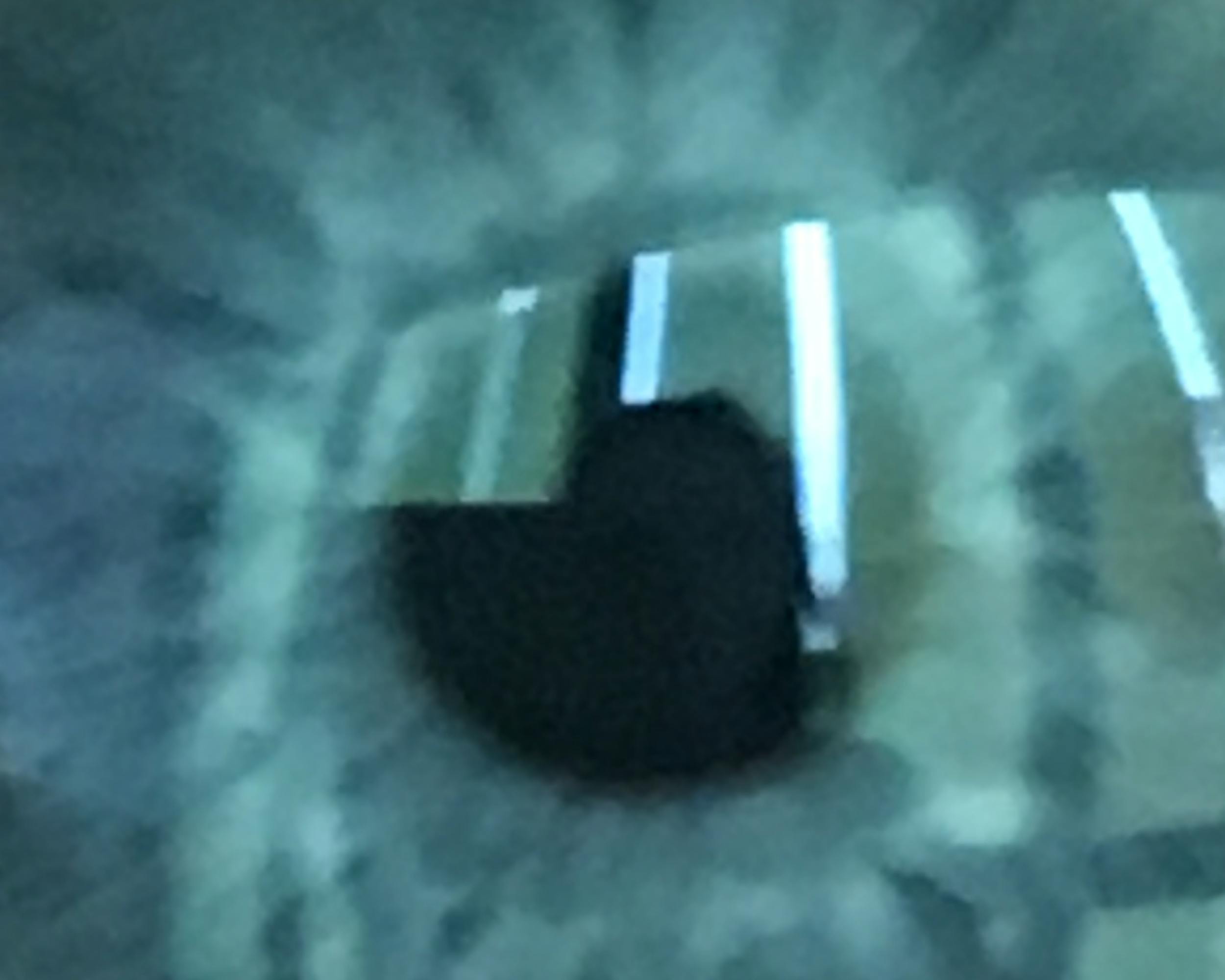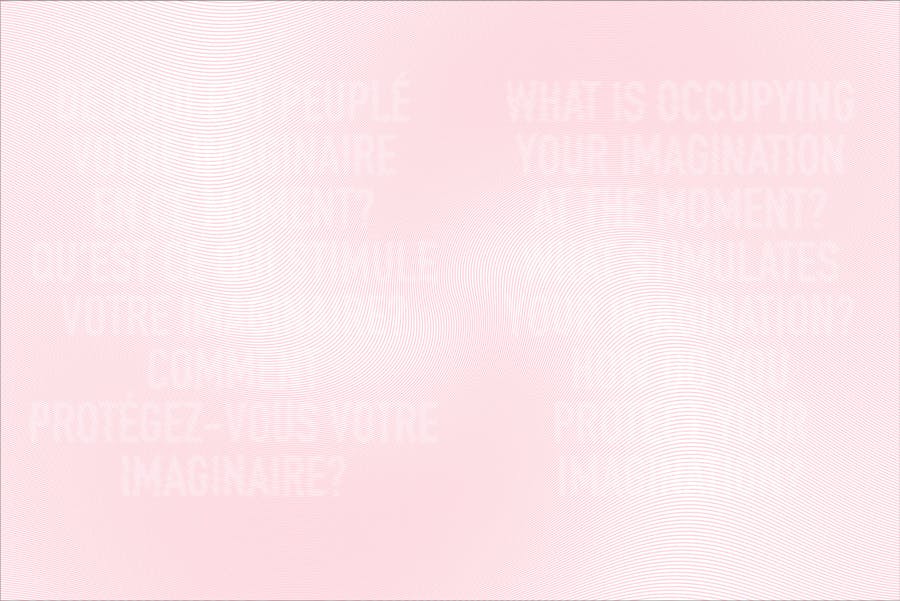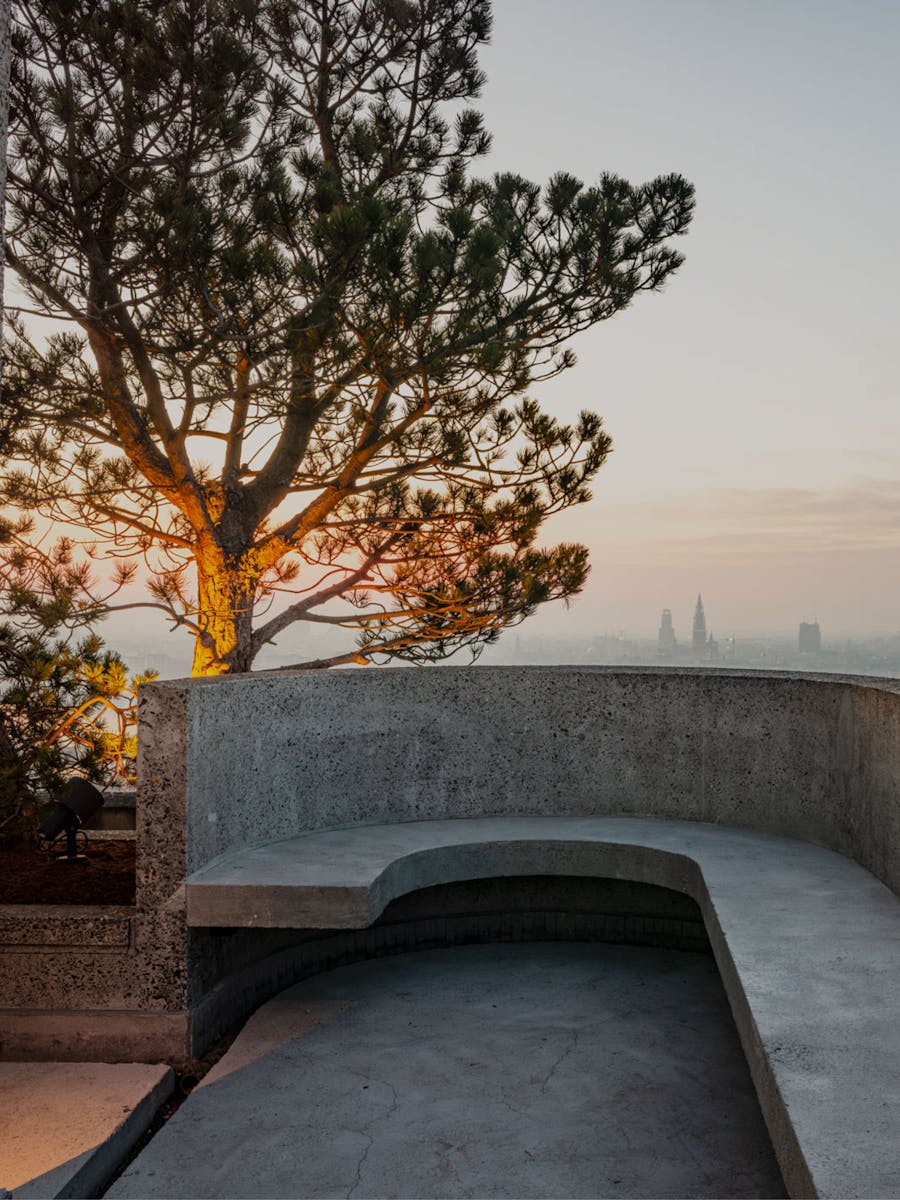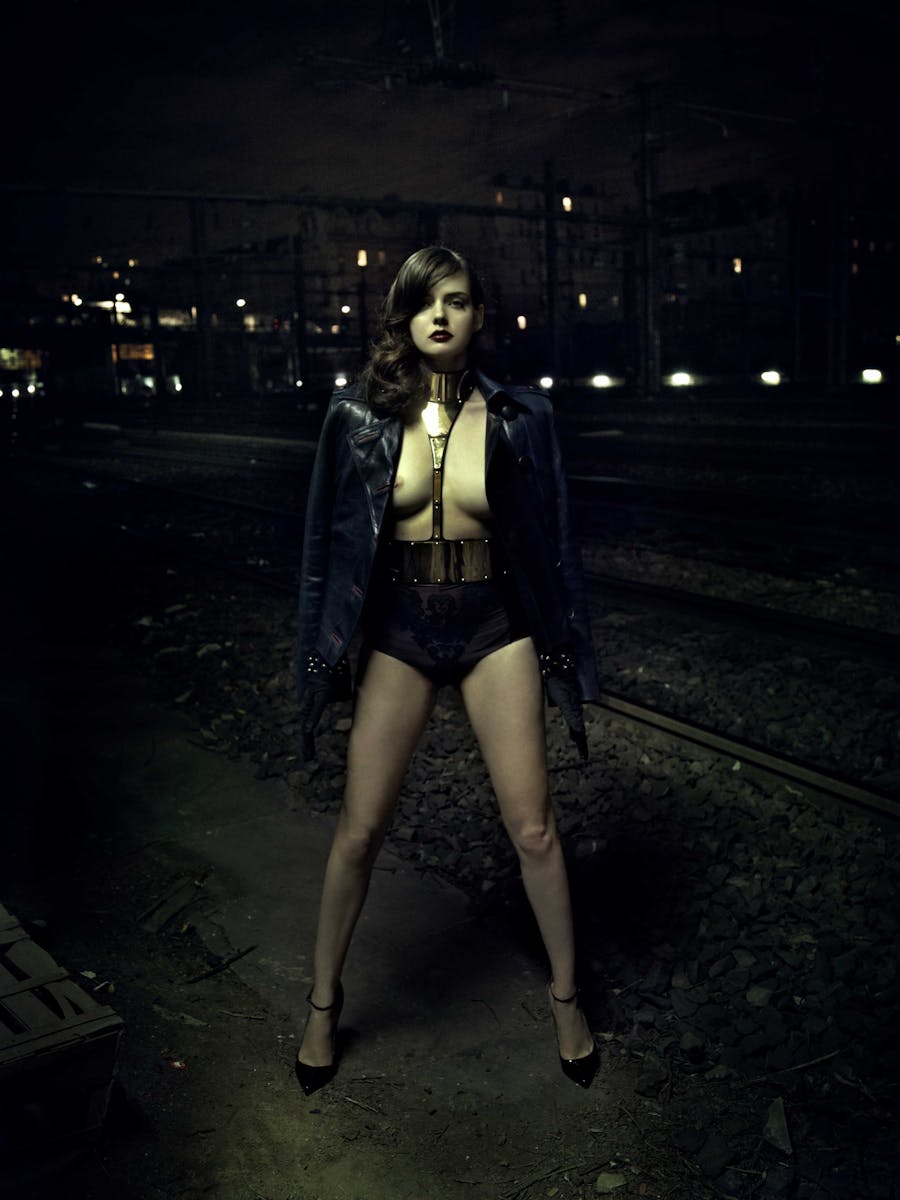At the start of summer, Nick Knight spent a week in Los Angeles. Eight days and almost as many nights, to produce and sign more than 100 prints. He chose them for one of the few exhibitions to which he has agreed. It will take place this autumn, from the end of September to the end of March, at the Daelim Museum, in Seoul.
Nick takes a visceral pleasure in the last stage of his work. ‘You can spend hours’, he says, ‘just fine tuning it, and you know nobody else is going to see it, but you know it’s not right so you have to, you can’t let a print go out until it’s right. It’s a real pleasure, it’s like hearing a melody, you know, it sounds beautiful. When I look at things, I hear them.’
Easier then to understand the claim he almost immediately makes: ‘I’m no longer a photographer, I’m an image maker and that can take in 3D scanning, sound or movement. It’s a very different medium from photography.’
Edwin, Boris and I went to London to meet Nick Knight in a suite at Claridge’s recommended by Carine. This is, after all, ‘Exhibition’. Knight is tall, slim but solid, calm and intense, like his face. Easy to like. Not least because of his deep and ultimately inscrutable blue grey gaze, and his mouth, too naturally insatiable to be reproduced in 3D. He could be the shy and brilliant brother of Lee Marvin in ‘The Professionals’.
We spoke in English, despite the fact that his French is almost perfect. ‘So, I was in France in the years 66 and 67. I was six. My father was a psychologist with NATO. We stayed in Porte Dauphine at the NATO headquarters. Then, I went to Brussels. I learned French in Woluwe-Saint-Lambert. My French is not really French, it’s Walloon…’. OK, and there we are dreaming of sending our kids to Woluwe…
When the young Nick, 10 or 12 years old, had made his return crossing over the Channel, in his Belgian school uniform, on the corner of a street where he had once lived, he encountered a group of skinheads for the first time. It was a violent aesthetic shock, and a few punch-ups later, he came to remember to them fondly. He even produced a book on them, the only traditional black and white publication of his career. He was not yet even 30, and found once more those whose appearance, ‘a sort of horrific clowns’, had so appealed to him. But this time, ‘with his camera around his neck’. ‘I had a raison d’être. Photography becomes a passport into anything you want. Most people want the attention, whoever they are, they want the attention, so I found my photography’.
As well as documenting punk, the young photographer, in the early 80s, was immersed in the world of fashion and its designers. From the age of 10, fashion had been a major part of his life. ‘Because my mother was big time into fashion. She would change two or three time a day, breakfast, tea, dinner. After that, I ran up against the school uniform, against the skinheads, and after wanting to be at Woodstock, I was determined to be in Death in Venice. I had long hair, I wore white sailor suits, I wore makeup, and of course, the first thing you do is get into trouble, on the way home, at night, all the time.’
Only Nick Knight or an Englishman could describe the (too) liberal education of his parents: ‘My father thought it was a very good idea to discover sexuality at a very young age, and he would leave sex books around the house. He never really taught me much about it, but there were illustrations and he would encourage me to sleep with my girlfriend. So, you know, I was allowed to do whatever I wanted, which sounds great, but when I look back, it was just neglect, in a way…’ As a result he and Charlotte (his wife) have been a little stricter with their three children, all of whom work with them. Knight did, however, at one time listen to his mother who wanted him to become a doctor. But the medical school, off the King’s Road, was just across from the art school, with its students with bleached hair and happy expression. Hence a rapid transfer to the opposite side of the street.
There we have it. The foundations were laid and the vista all the more limitless since the digital disruption (‘chaos for some, freedom for others’) was just around the corner. You can see the scientist within him, through his extensive use of new techniques (though he was already painting his negatives, Bauhaus style, in the age of film, and loved word-image montages in the Russian figurative style). And then there’s the artist who creates entirely original images. ‘I don’t really believe that the equipment’s important. It’s always about what you’re trying to say, it’s always about what your feelings are.’
His temperament and his logic meant that he was one of the first to embrace the revolution created by the Internet. ‘I think it’s a big change. I think that, artistically, we’re not seeing the fruit of that yet. We’re starting to see the big social change, it produces its own art, but we haven’t seen the profound change in the arts that it’s going to produce. I’m always excited by the future, but I’ve never felt like I’ve done anything more than scratch the surface of possibilities. We’re really the first people to walk into it. And the reason to do SHOWstudio was to find a way of doing that. It was part of the new world I was seeing. That was in 2000. It was a symbolic gesture: working as a team, bringing together designers and discoverers and giving movement to the image of fashion. The clothes design always seems to be seen in movement. Which makes much more sense. The clothes have a narrative in them and I don’t try to impose another one on top of that.’ To serve and to showcase the wild ambitions of the designers, Nick, his friends and his SHOWstudio developed their concept of the ‘fashion film’. One doesn’t need to describe the extraordinary things that they, and he in particular, have been producing over the past 15 years. You go on to the site and it’s mindblowing. The films, the photos, the conversations with designers. ‘You never want freedom, you never really want someone saying «Do whatever you want»… I want relationships, I want conversations.’
Since 2000, the conversations haven’t stopped, with Yamamoto, with Yves Saint Laurent, with Dior, but also with his dear friends Alexander McQueen and John Galliano. «They both suffered, sadly, a very similar sort of fight. I think John did a public suicide whereas Lee did a personal suicide. I think the pressure of the fashion world, the demand of constant creativity as well as their artist’s sensitivity pushed them down this way.’ Nick has managed to translate into film and image the creative movement of artists working in fashion. On his website, have a look at ‘The More Visible They Make Me, The More Invisible I Become’, his miniature masterpiece on Kate Moss.
There are also Nick Knight’s musical collaborations, his work with Kanye West (‘Bound to’). ‘He’s got a very very short attention span, he’s superfocused, you have that feeling that he’s going much faster than anybody else and he’s frustrated by people’s slowness to catch up.’ And on the SHOWstudio website there are also of course images created with Björk and Lady Gaga.
Nick, who remembers Polnareff and Adamo (!) from his childhood in France, is turning more and more to the music of his adolescence, Soul and even the Northern Soul of Philadelphia, beloved of so many Brits of his generation. So, like many talented artists full of imagination and myriad dreams, Nick also lives for images of an absolute simplicity, an eternal and fleeting beauty. This he finds in roses. Those are 40 rose bushes around Charlotte and Nick’s house. The first roses he gathered, he threw at the feet of the dancers of the Folie Bergère where his father had a box!
Then, with ‘Plant Power’ in the 1990s, he produced a remarkable work on the history of plants: from cotton and slavery to the indefatigable search for the most beautiful weed. ‘And then all of a sudden, you find something from somewhere that just looks like a painting or a melody.’ It’s clear that Knight will never stop looking for the image’s equivalent of music’s ‘Blue Note’.
Today, it’s the quest for perfection in roses that moves him. His roses are works of art. With ‘a tragic poetry behind every bloom’. Like the old French lament, ‘The day which witnesses your birth, will witness your death too.’ Finally, the life of the image-maker, drawing on the immense digital disruption which is still in its early stages, resembles the Chanson de la Rose: it’s a quest to reach perfection, to begin again, to resemble no other image, no other life…
Just before we leave we discuss his work for I-D and Dazed and Confused, where he pursues a unique editorial vision. ‘All the magazines that are too dependent on advertising are going to suffer.’ But he believes in excellence. ‘It’s tricky times. My early answer to it is to do a very limited number of beautiful prints. I’m working with people who make beautiful paper, fantastic printing, limited edition, no advertising. So… I don’t think the future is worrying, it’s the same with the past.’ Are we all agreed, people? This is Exhibition, after all.




